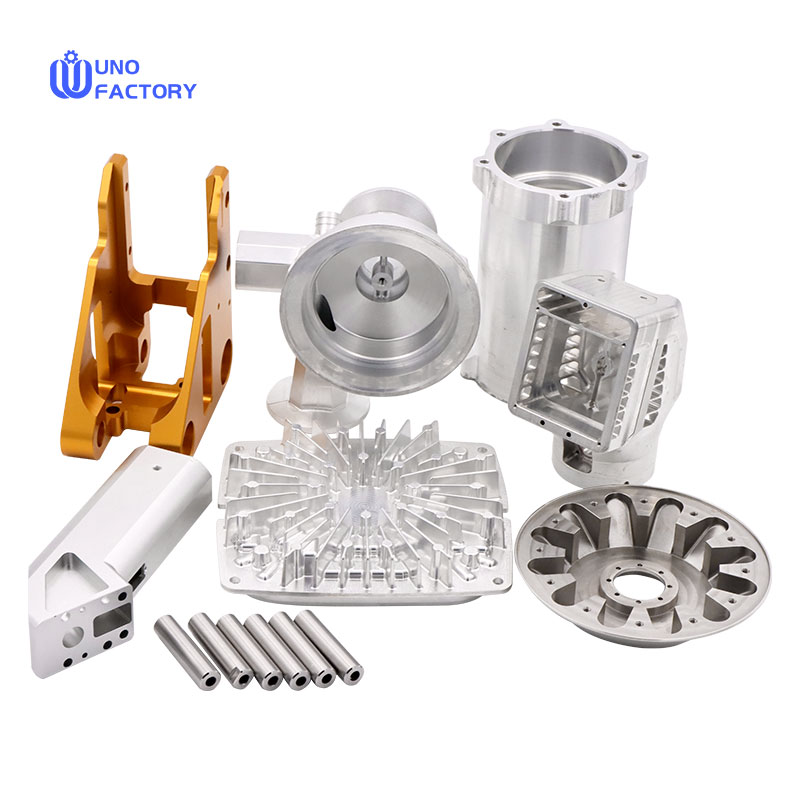Time to read: 6 min

Understanding CNC Machining
CNC, or Computer Numerical Control machining, is a manufacturing process that utilizes computer-controlled, high-speed cutting tools to shape metals and plastics. It relies on CAD models to guide the cutting process, ensuring precision and accuracy across industries like aerospace, medical, and robotics.
Factors Influencing CNC Machining Costs
Several factors affect the overall cost of CNC machining. Understanding these can help businesses manage expenses more effectively.
Material Selection
The choice of material significantly impacts the cost. High-performance materials like titanium or stainless steel are more expensive than plastics or softer metals. Additionally, the machinability of the material affects the cost, as harder materials increase tool wear and machining time.
Design Complexity
Complex designs require intricate programming and precise control machines, extending setup times and often necessitating the use of more expensive multi-axis machining centers. Achieving tight tolerances also adds to the cost.
Production Volume
The volume of production directly impacts machining costs. Higher production volumes allow for economies of scale, reducing the cost per unit. However, smaller batches mean that setup costs and times represent a larger portion of the total charge.
Machine Operating Time
Machining time, including setup time and actual cutting time, is a crucial cost component. Longer machining times increase costs due to extended use of machinery and labor.
Labor Costs
Skilled operators are necessary for efficient CNC machine operation. Labor costs vary depending on the project's complexity and the expertise required.
CNC Machine Costs
The upfront cost of a CNC machine and its expected yearly usage influence machining expenses. Machinists determine hourly rates based on the machine's cost and total yearly usage hours.
Additional Costs
Additional costs such as machine tools, surface finish requirements, expedited production, and shipping fees can also impact the total CNC machining expenses.
Strategies for Reducing CNC Machining Costs
Implementing cost-saving strategies can help businesses optimize their CNC machining expenses.
Optimizing Design for Manufacturability (DFM)
Designing parts with simpler geometries, practical tolerances, and material efficiency can reduce machining operations and costs.
Material Selection and Cost-Benefit Analysis
Choosing affordable materials that meet functional requirements and standardizing materials across product lines can lower raw material costs and improve machining efficiency.
Avoiding Multiple Surface Finishes
Minimizing the use of multiple surface finishes and opting for as-machined finishes when possible can reduce additional costs.
Leveraging Economies of Scale
Increasing production volume can lead to a reduction in per-unit costs due to the spread of fixed charges over more units.
Outsourcing vs In-house Production
Outsourcing CNC machining services can be more cost-effective than maintaining in-house production, as it shifts equipment and labor costs to the service provider.
Outsourcing CNC Machining Services with Unofactory
Outsourcing to specialized manufacturers like Unofactory can offer significant cost savings without compromising quality. With advanced technology and expert craftsmanship, Unofactory provides cost-efficient and high-quality CNC machining services.
Conclusion:
CNC machining remains a viable and cost-effective manufacturing method when considering factors like material selection, design complexity, and production volume. By implementing strategies such as DFM and outsourcing to specialized manufacturers, businesses can optimize their CNC machining costs while maintaining product quality.




